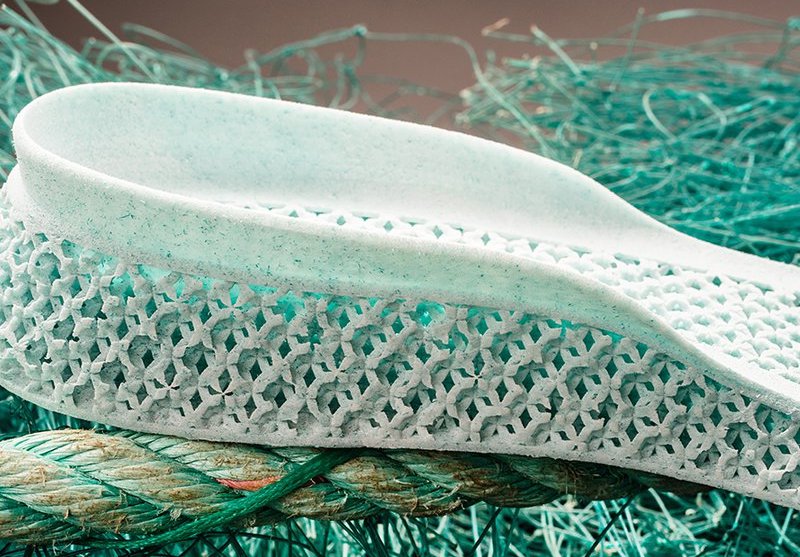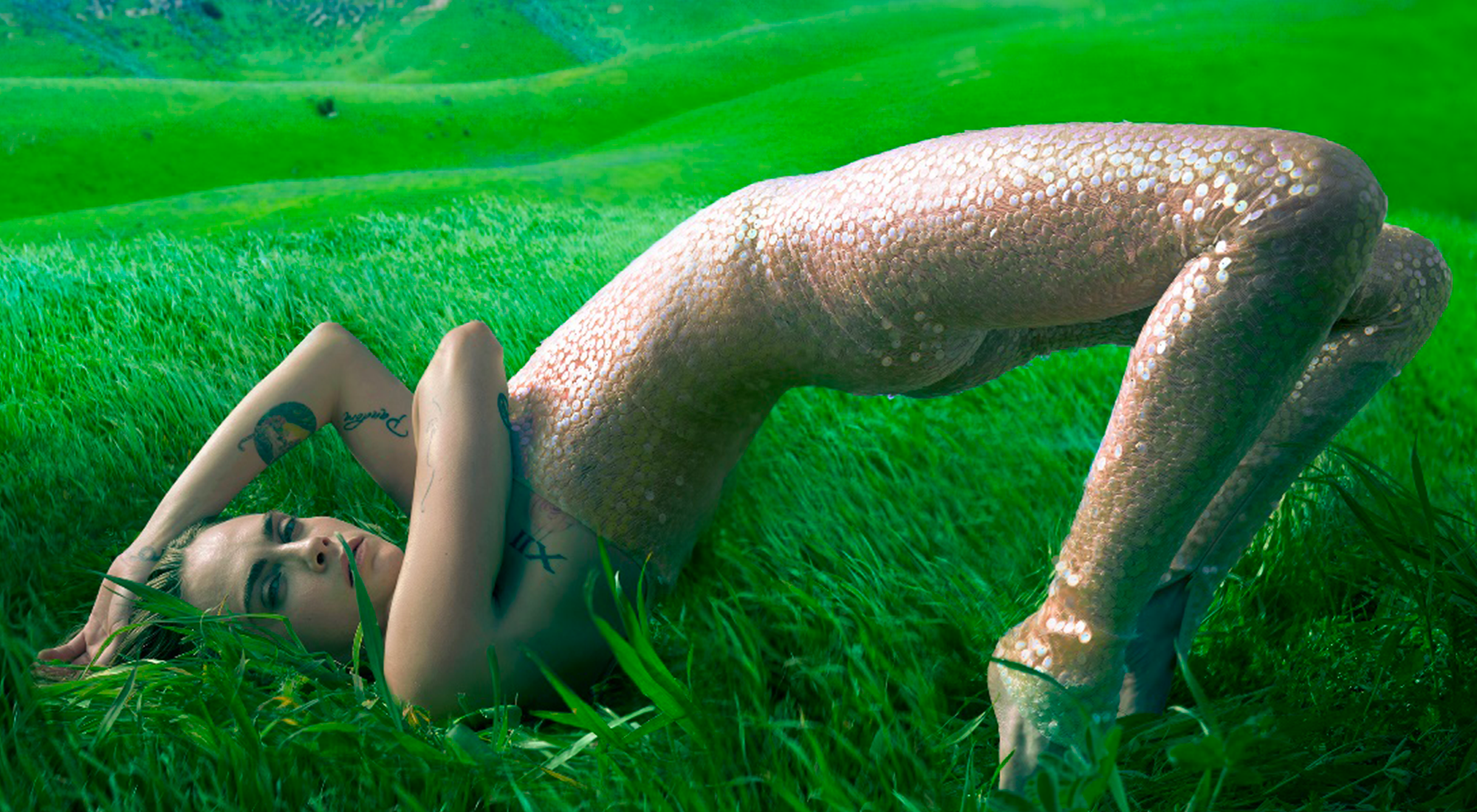More than 300 million people are employed in the textile industry, based on a report by the United Nations Environment Programme. The fashion industry is also one of the most polluting industries in the world. The long-term plan for most environmental organisations has been to transform the industry into a circular system. Circular fashion refers to a closed-loop system of textile production and consumption that minimises waste and resource use while maximising value creation.
The aim of using circular textiles is to reduce waste, reduce resource consumption, create business opportunities and most importantly, reduce the environmental impact of fashion. A core pillar of switching to a close-looped system is to start at the stage of designing and manufacturing. Circular textiles are those materials that are made from waste materials of fashion or other industries, and those that are easily biodegradable. According to a report by the Ellen MacArthur Foundation, the circular fashion industry has the potential to create a $560 billion economic opportunity every year by 2030. The report estimates that the market for circular fashion products could reach 10% of the global fashion market by 2030.
Recycled Plastic
This is a recycled fabric which is made from plastic bottles, made by several different companies today. One such company is Repreve. Huge number of plastic bottles that go into landfill every year are recycled into a fibre that is used in apparel and many more. Using recycled instead of virgin polyester produces fewer carbon emissions. And giving plastic bottles a second life keeps them out of oceans and landfills. There is a long process of cooling, water repelling and adaptive warming, to make it more durable. Mostly swimwear brands are adapting the fabric. Repreve has been used by many brands, such as Nike, Patagonia, The North Face, Reformation, Asics, J. Crew, Levi’s etc.

Parley for the Oceans is an environmental organisation and global collaboration network. Founded in 2012 by Cyrill Gutsch, Parley aims to raise awareness for the beauty and fragility of the Oceans. Adidas is a founding member of this organisation. Adidas supports Parley for the Oceans in its education and communication efforts and commits to the Parley A.I.R. (Avoid, Intercept, Re-design) strategy to create long-term solutions. Parley works towards preventing plastic from entering the oceans by transforming it into high-performance sportswear. Parley Ocean Plastic is a material created from upcycled plastic waste that was intercepted from beaches and coastal communities before reaching the ocean.
Pineapple Textile
Developed by Ananas Anam, Piñatex natural fabric is made from long fibres of pineapple leaves, the process being decortication. These leaves are considered a waste product of the existing pineapple harvest. These fibres are then converted in mesh material that go through a manufacturing process called Voila. The fibre is now used in clothes, accessories, and even for home furnishing. It is very strong and flexible.
The pineapple leaf fibres used to create our products are an agricultural waste product, which means that no extra land, water or pesticides are required to produce the raw material. Through waste valorisation, Ananas Anam reports reduction in the amount of pineapple leaves being burnt, which reduces CO2 emissions from being released into the atmosphere. The company claims that each linear metre of Piñatex prevents the equivalent of 12kg CO2 from being emitted.
Brands like Hugo Boss, H&M, Zara, Nike, Paul Smith, shoe brand Camper etc are using Piñatex.
Banana Fibre
Banana fibre is produced from the 'pseudo stem' of the banana plant which is generally left to rot. These fibres are only obtained once the fruit has been harvested and are processed into yarns. These are then left to dry and are knotted together with a twisting technique making it a fabric.
Banana fabric has a long history of use, since many indigenous cultures made this material. The origins can be mapped to Asian regions of Philippines, India and other parts of Southeast Asia. As of today, as reported by Sewport, India is the world’s largest producer of this material, producing 28.4 million tonnes per year.
Bananatex is the world’s first durable, technical fabric made purely from the naturally grown Abacá banana plants. Cultivated in the Philippine highlands within a natural ecosystem of sustainable mixed agriculture and forestry, the plant is self-sufficient, requiring no pesticides, fertiliser or extra water. These qualities have allowed it to contribute to reforestation in areas once eroded due to monocultural palm plantations, whilst enhancing biodiversity and the economic prosperity of its farmers. It has been used by brands like H&M, COS and MCM.
Soybean Fabric
The fabric also known as vegetable cashmere is made from a byproduct of soybeans. The process involves breaking down soybean proteins, exposing them to heat after which they are filtered and pushed through spinneret (metal plate with fine holes) to separate the fibres into long strands. Soy fibre has antibacterial properties. It has good colourfastness, is soft with a silk-like sheen. The USA, China and Brazil are the largest manufacturers of this material. Soy fibre can be used to make pure soy fabrics, or blended with cotton and wool. Soy fabric is made from waste materials, preventing this waste from entering the landfill. The material is also biodegradable, making it a good option for circular fashion.
Aditya Birla Yarns manufactures ABY Soya, a yarn made directly from vegetable sources rather than animal sources. It is derived from Soybean Protein Fibre (SPF), a kind of regenerative plant fibre. It is the only renewable botanic protein fibre available today. ABY Soya can be blended with other kinds of bamboo and viscose. The Soybean fibres are of low strength, and are sensitive to moisture to the extent of losing 69% of their tenacity when wet. It has better fineness, low specific gravity, high tensile elongation, and good acidic and alkali resistance. It is similar to natural fibre such as wool and silk.
Yarn from Coffee Grounds
The waste created while making coffee, is used in making the coffee fabric. The high-tech fabric is woven by processing coffee grounds in a low-temperature, high-pressured environment to make them into yarn. The process of making is similar to how bamboo and viscose are made. The material has properties of drying fast and being odour free. It is easy to recycle.
One of the most well-known manufacturers of this textile is Taiwanese textile company Singtex. The company has patented its process of making yarn from coffee grounds, called S.Café. S. Café technology, with a low-temperature, high-pressure and energy saving process, combines coffee grounds onto the yarn surface, changing the characteristics of the filament, and offers up to 200% faster drying time compared to cotton. It has been used by brands such as Asics, Fjallraven, New Balance, Oakley, Under Armour and many others.
BioSequins

BioSequins are a material developed by the company Radiant Matter, a startup that is developing a new generation of colour and material solutions for the circular economy. Made from renewable and abundant cellulose, these biodegradable sequins give rise to brilliantly shimmering colours which are non-toxic, colourfast and pigment free. Their glittering metallic sheen is free from minerals, metals, and associated mining, offering an ethical supply chain. The material was used by designer Stella McCartney in a look worn by Cara Delevingne on the cover of Vogue magazine for April 2023 (photo courtesy: LVMH).
Orange Fibre
Orange Fiber is a sustainable textile made from citrus juice byproducts, by its namesake company called Orange Fiber. The material is created by extracting cellulose from the fibres left over after the juice is squeezed from the fruit. The resulting fabric is soft, silky, and has a unique orange scent. Orange Fiber is the world’s first brand to produce sustainable fabrics from citrus juice by-products. The innovative process has been patented since 2014 in the main citrus juice producing countries all over the world. The company has also collaborated with Lenzing Group, to make the first ever TENCEL™ branded Lyocell fibre made of orange and wood pulp.
The material has been used in collections by leading brands such as Salvatore Ferragamo, H&M and E. Marinella.
Algae Technology
Algae-based sustainable materials include non-toxic, biodegradable, and natural fibres and dyes for textile using algae. The process of making these materials requires less water and energy. One of companies pioneering this technology is Algaeing, started in 2016 by Renana Krebs. The company claims that the material is 100% biodegradable, 100% energy efficient and 100% waste free. The raw material for this is grown in seawater in indoor vertical farms
that run on solar energy, eliminating the need for agricultural land and fertilisers. Algaeing converts the algae into a liquid formula that can then be used as a dye or turned into a textile when combined with cellulose, a plant fibre, which clothing manufacturers can do themselves using Algaeing's proprietary recipe.
Bloom is another company revolutionising algae-based materials for the fashion industry. Formerly known as Bloom Foam, Bloom Rise is an environmentally-conscious, high-performance replacement for traditional petroleum-based EVAs. Foams utilising Bloom’s algae technology deliver striking performance values, which make them excellent replacements for conventional foams. Algae’s natural thermoplastic qualities allow Rise to meet, and in some cases exceed performance characteristics of conventional closed-cell flexible foams. Brands using Bloom’s materials in their product lines are Adidas, Billabong, Aldo, Levi’s, Puma, and many others.
Mushroom Leather
MycoWorks is one of the companies investing in making Mycelium Fabric. Mycelium is the network of all the threads of a fungus, also called the root of the mushroom. The material has excellent insulating and moisture-absorbing properties. MycoWorks has made a material called Fine Mycelium. In March 2021, they presented the first object made with Fine Mycelium. This project was a collaboration between MycoWorks and French luxury brand Hermès. The Hermès Victoria bag in Sylvania was made of Fine Mycelium, H plume canvas and Evercalf calfskin. However, the company claims that this material is not just “mushroom leather”, but far superior thanks to a proprietary cellular structure which enables its strength, durability and hand feel: the result of our patented technology.
These examples demonstrate the potential for industry waste to be transformed into high-quality, sustainable textiles, providing a more environmentally friendly alternative to traditional materials. Circular textile is important because it offers a more sustainable and responsible approach to textile production and consumption, which can help reduce the negative environmental and social impacts of the fashion industry.
Cover Image: BioSequins, courtesy LVMH

